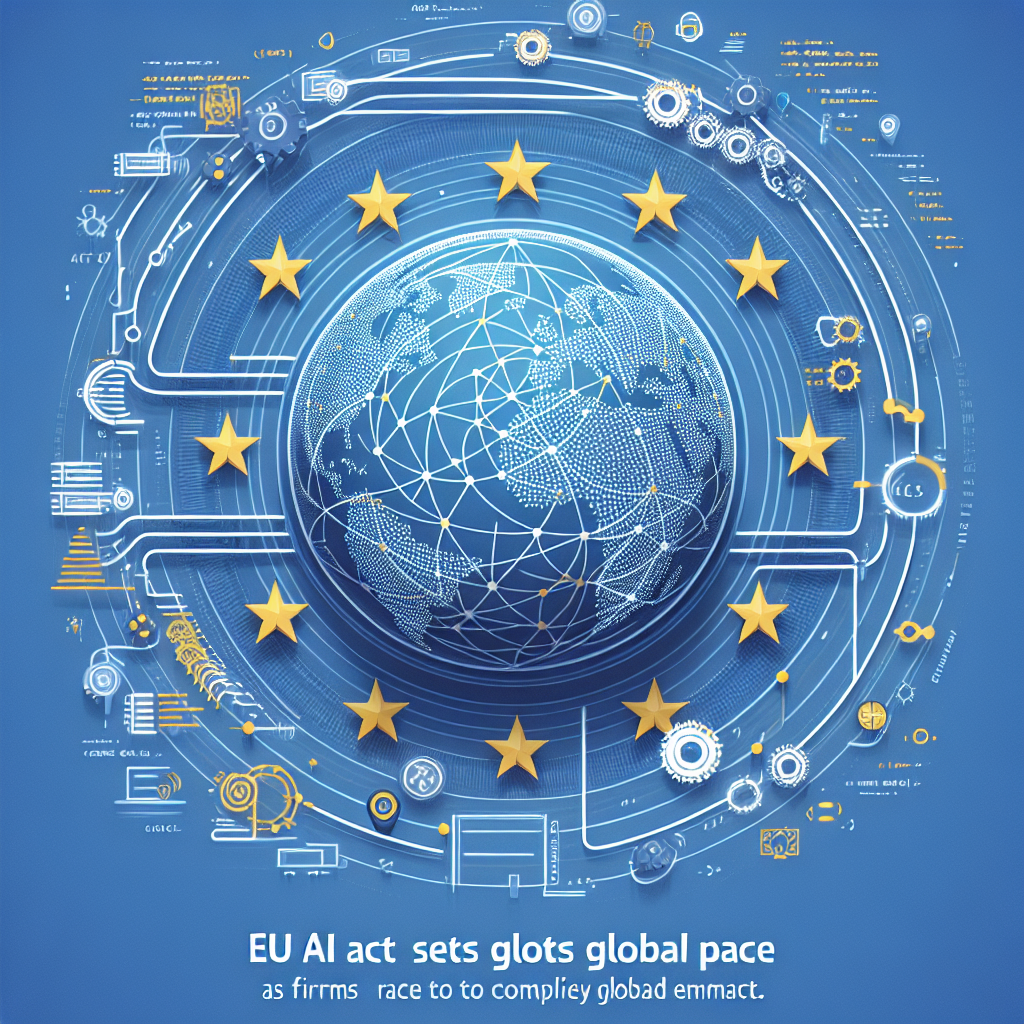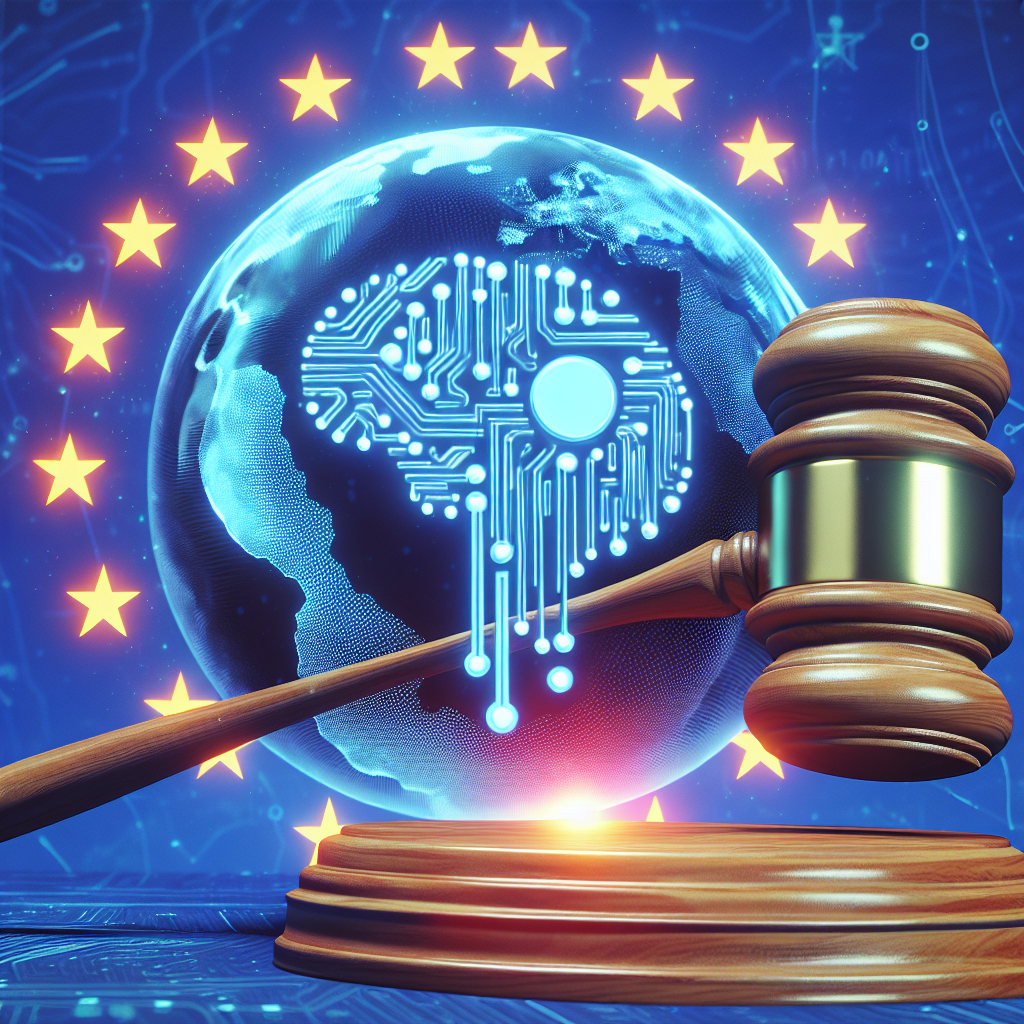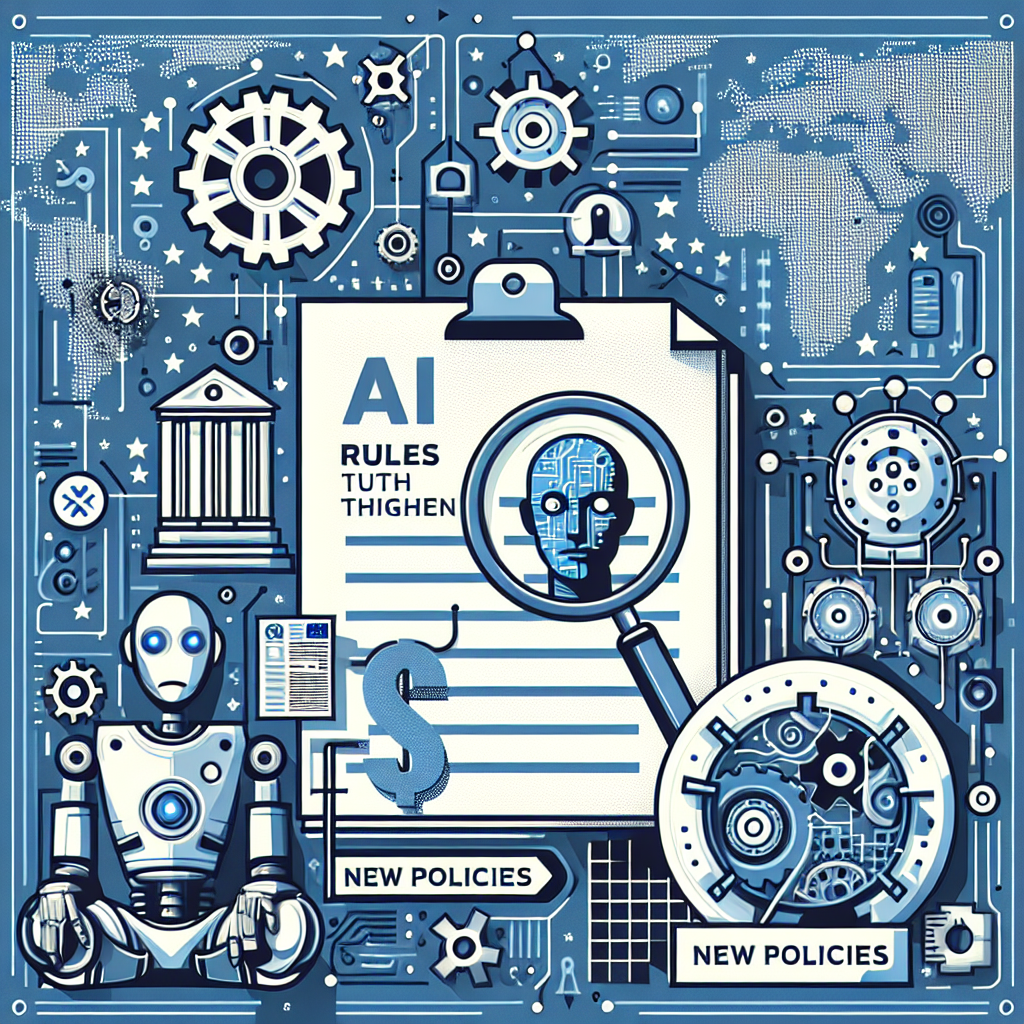EU AI Act Sets Global Bar, Firms Race to Comply

Europe’s landmark AI rules move from paper to practice
Europe’s new Artificial Intelligence Act has entered into force, pushing AI governance from theory to daily business reality. The law takes a risk-based approach and will roll out in stages over the next two years. It is the first comprehensive attempt by a major bloc to regulate the design, deployment, and oversight of AI systems.
EU lawmakers have called it the world’s first comprehensive AI law. In April 2024, the European Parliament said the act would set clear obligations for developers and users across risk categories. Companies now face deadlines to map their systems, document risks, and add guardrails. Civil society groups see a win for transparency. Some startups worry about costs and paperwork. Global technology firms are reshaping compliance plans.
What the AI Act does
The law sorts AI uses into four buckets: unacceptable, high-risk, limited risk, and minimal risk.
- Unacceptable: Certain uses, such as social scoring by public authorities, are banned in the EU.
- High-risk: Systems used in areas like critical infrastructure, education, employment, and essential services face strict rules, including risk management, quality data, logging, human oversight, and post-market monitoring.
- Limited risk: Tools such as chatbots must disclose that users are interacting with AI.
- Minimal risk: Most uses fall here and face no new duties.
The act also targets general-purpose AI (GPAI), sometimes called foundation models. Providers must supply technical documentation and respect copyright rules. Very capable models that pose “systemic risk” face extra requirements, such as robust testing and incident reporting. Penalties can include significant fines tied to global turnover.
Key obligations will arrive in phases through 2025 and 2026. National regulators, coordinated by a new European AI Office, will publish guidance and oversee enforcement. Companies selling into the EU market will need to comply, even if they are based elsewhere.
A global patchwork forms
The European move lands in a fast-changing policy landscape.
- United States: The White House issued an AI Executive Order in October 2023 and asked the National Institute of Standards and Technology (NIST) to expand guidance. The NIST AI Risk Management Framework emphasizes “trustworthy AI.” It highlights systems that are “valid and reliable, safe, secure and resilient, accountable and transparent, explainable and interpretable, privacy-enhanced, [and] fair with harmful bias managed.” Federal agencies are applying these ideas to procurement and oversight.
- United Kingdom: The UK favors a sector-led, “pro-innovation” approach. It created an AI Safety Institute to test powerful models and hosted the 2023 AI Safety Summit at Bletchley Park. Governments and companies signed the Bletchley Declaration to study frontier risks.
- China: Rules for recommendation algorithms and generative AI require security reviews and content controls. Providers must conduct risk assessments and add labels or watermarks to synthetic media.
- G7 and OECD: The G7’s Hiroshima process and OECD principles promote transparency, accountability, and human rights. They are voluntary but influence national policies and corporate practices.
These approaches differ in scope and enforcement. Yet many share common themes: testing models before release, monitoring them in the wild, and being clear with users about how AI works.
Industry weighs costs and benefits
Big technology firms have been preparing. Many already publish model cards, safety system cards, or similar documentation. They run “red team” tests to probe for failures. Some add content credentials to images and videos to show when AI created or edited them. Partnerships around watermarking and provenance standards are growing.
Startups say new rules could increase costs. Compliance may require legal support, specialized staff, and new tooling. Open-source communities raise questions about who counts as a “provider” or “deployer.” The EU act tries to clarify this, but boundary cases remain. Regulators plan technical guidance to fill gaps.
Risk experts say responsible practices can pay off. They cite fewer incidents, smoother procurement, and better customer trust. The NIST framework suggests a lifecycle view: design, develop, deploy, and monitor.
Some AI leaders urge caution while supporting rules. At a U.S. Senate hearing in 2023, OpenAI’s Sam Altman said, “If this technology goes wrong, it can go quite wrong.” He called for licensing of the most capable systems and independent audits. Advocacy groups, meanwhile, argue for stronger protections for workers and for limits on biometric surveillance.
What it means for users
For everyday users, the changes may be subtle but important.
- More disclosure: You should see clearer labels when content is AI-generated. Chatbots will be more explicit about being AI.
- Fewer high-risk surprises: If AI screens job applications or students, providers will have to manage bias risks, log decisions, and add human oversight.
- Better recourse: In regulated sectors, organizations must document how their AI works and how to challenge outcomes.
- Safer releases: Companies will test systems before launch and monitor for issues after. That can reduce harmful outputs or security gaps.
The impact will not be uniform. Small developers may disable certain features in Europe rather than redesign products. Larger vendors may offer EU-specific settings. Some services could arrive later in the EU as compliance is finalized.
The open questions
Several issues remain unresolved.
- Measuring “systemic risk”: Policymakers are still defining thresholds for powerful models and the tests that matter most.
- Open-source: How to preserve research and transparency without enabling misuse remains debated.
- Liability: When AI fails, who pays? The EU is updating product liability rules, but edge cases will head to court.
- Global coordination: Companies sell models across borders. Fragmented rules can slow innovation and confuse users.
Experts say consistent evaluation methods would help. They point to red-teaming, stress tests for safety and security, and clear records of changes. The aim is to catch problems earlier and fix them faster.
What companies should do now
- Map your AI: Inventory systems and uses. Classify them by risk and geography.
- Document and test: Create model and system cards. Run adversarial evaluations and manage known risks.
- Strengthen oversight: Set up cross-functional governance with clear accountability.
- Label content: Use provenance tools and watermarking where appropriate. Be transparent with users.
- Monitor and learn: Track incidents, update models, and share findings with regulators when required.
The bottom line
The EU AI Act has shifted the center of gravity on AI governance. Other governments are moving too, with frameworks and safety institutes. The result is a global baseline: test before release, watch after, and explain what the system does. The specifics differ, but the direction is clear.
For companies, the challenge is execution. For users, the promise is safer, clearer tools. The debate over innovation and safeguards will continue. But in Europe, at least, the rules are no longer abstract. They are a compliance clock that has started to tick.











































































































































































































































































































